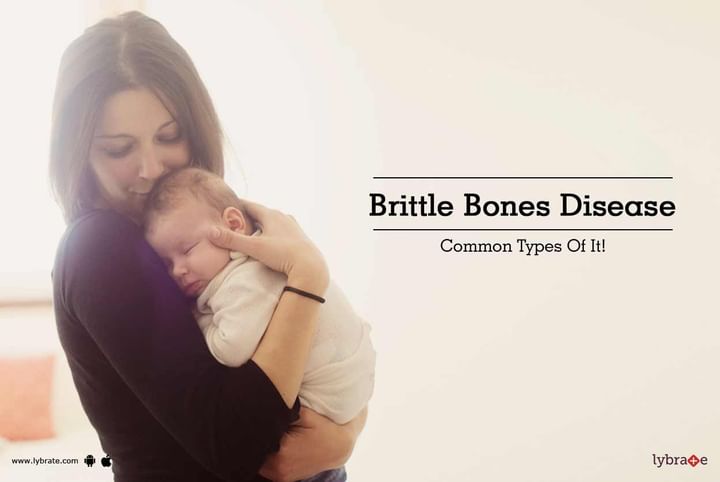Brittle Bones Disease - Common Types Of It!
Osteogenesis Imperfecta or brittle bone disease weakens bones and causes them to break easily. This condition is frequently seen in children at birth, but it only develops in children who have a history of brittle bone disease in their family. Depending on the severity of the development of the disease, children can face anything from a couple of bone fractures to hearing loss, problems in the spinal cord, permanent deformation of bone structure, and heart failure. About one in every 20,000 babies develops brittle bone disease and it is equally spread out throughout different ethnic groups and genders.
Causes
It is caused due to a defect in the gene that helps in the production of type 1 collagen, which is a protein used in the creation of bones. This defect of gene is hereditary and is thought to be caused due to certain genetic mutations.
Types
There are four main types of brittle bone disease, namely Type 1 OI, Type 2 OI, Type 3 OI, and Type 4 OI.
- Type 1 is the most common and mild with development of fragile bones that are prone to fracture, and teeth problems such as cavities and dental cracks. It is not common among adults.
- Type 2 is the most severe form of the disease and potentially fatal. The body is unable to produce needed collagen resulting in formation of narrow chest, underdeveloped lungs and ill structured ribs in babies.
- Type 3 OI results in fracture in bones in children even before birth and may result in worsening of bone structure deformities as the child grows up.
- Lastly, Type 4 has symptoms both severe and mild. It is similar to Type 3 as it is caused due to production of lower quality collagen. Children suffering from this type of brittle bone disease are born bow legged, but the condition reduces over time.
Symptoms
The symptoms experienced by patients suffering from this condition vary from type to type. It is common knowledge that the most glaring symptom is fragility in bones, but there are many other symptoms that may appear as the cases grow more severe. Some patients report development of deformities, while others experience fractured bones without apt injuries. Loose joints, bowed arms and legs, week teeth, abnormal curving of the upper section of the spine, scoliosis, loss of hearing, heart defects, blue sclera (thinning in the collagen fibers), and respiratory issues are also frequently documented symptoms.
In case you have a concern or query you can always consult an expert & get answers to your questions!



+1.svg)
